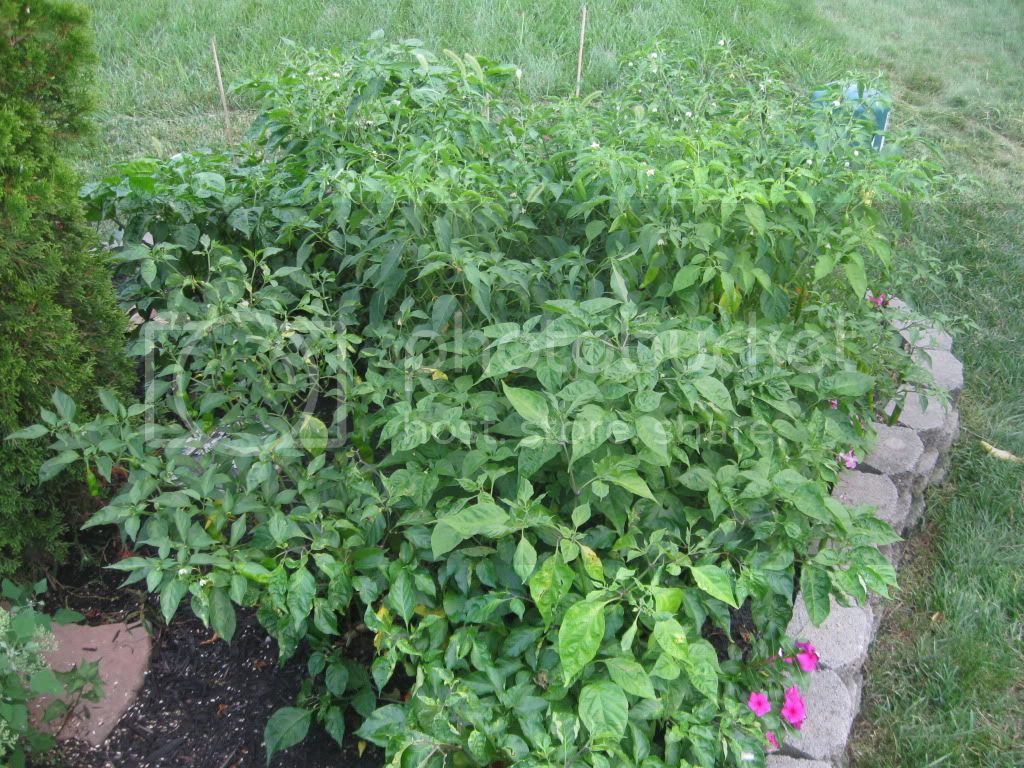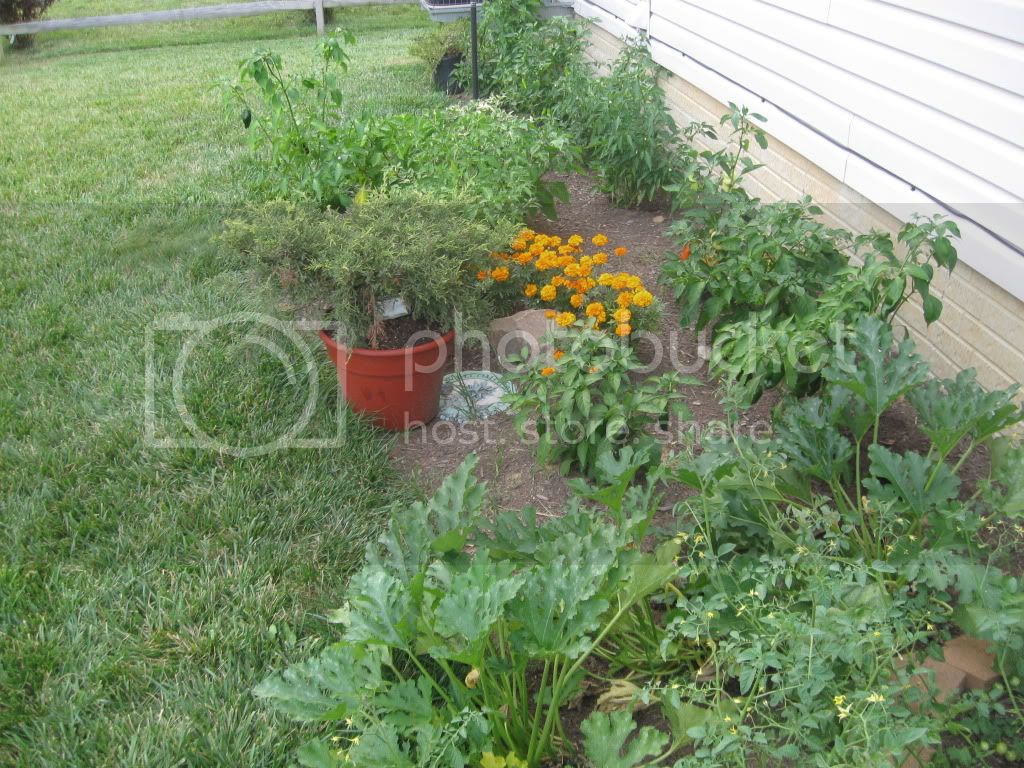This year I tried something different. I took half of my plants and put them next to my house in the ground.Full sun. The others in a raised bed behind my wifes "bird" garden. It gets sun mid-day till evening. The ones next to the house are nowhere near as big as the others, and didn't really produce as soon as the ones in the raised beds. I know where I'll be planting again next year!




